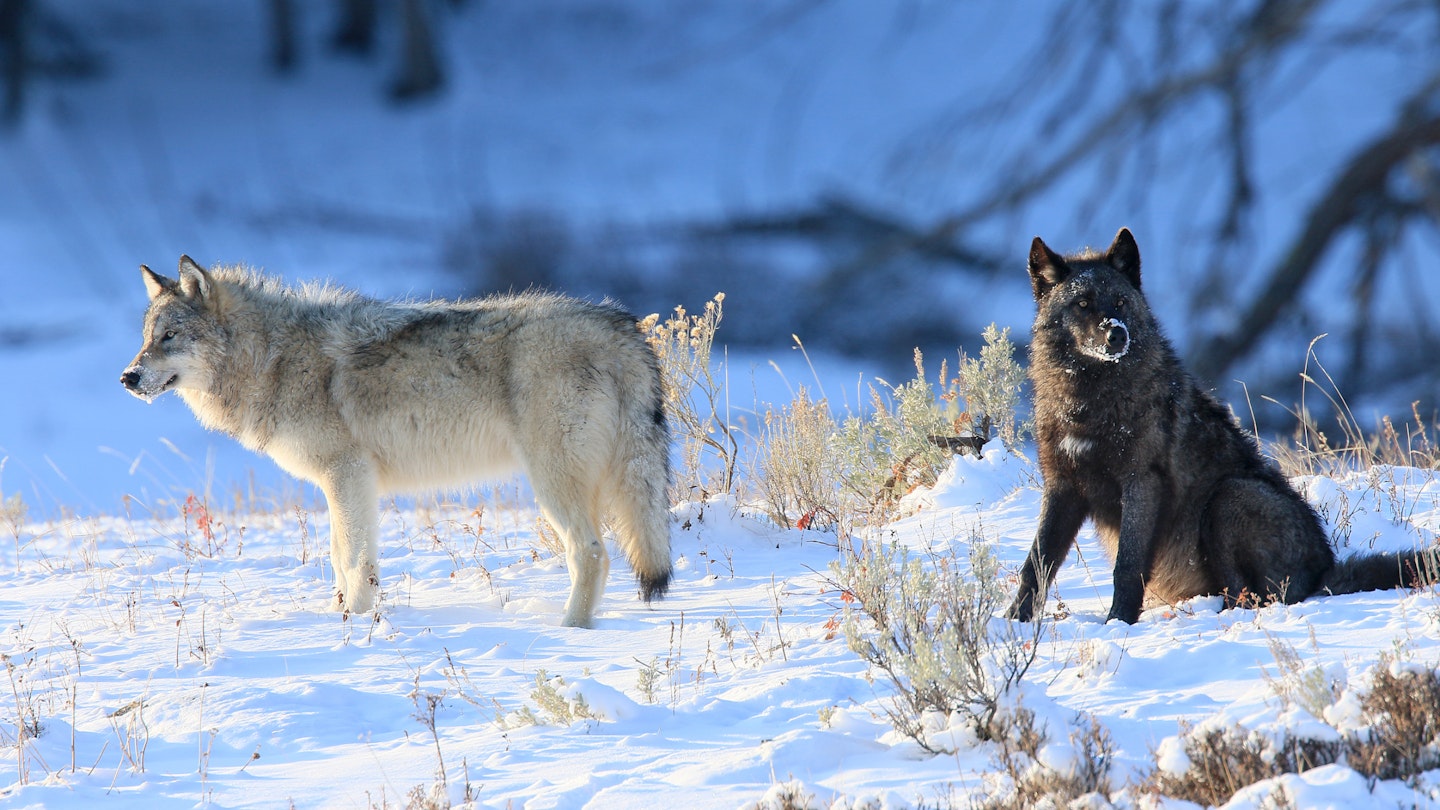Gray Wolves Are Returning to Colorado
Gray wolves are set to return to Colorado following a historic decision by voters, who chose to reintroduce them to the state by 2023. The notable Proposition 114 passed with 50.4% of the total votes, directing state wildlife managers to reintegrate wolves into Colorado’s western mountains.
The Ecological Importance of Wolves
Historically, gray wolves were hunted and trapped to extinction in the 1940s, resulting in significant ecological consequences. According to the Rocky Mountain Wolf Action Fund (RMWAF), the absence of wolves has led to an imbalance in the ecosystem. Without natural predators, elk and deer populations have surged, contributing to overgrazing which damages vegetation, leading to soil erosion and habitat disruption for other species such as native beavers and songbirds. Moreover, wolves play a crucial role in limiting the spread of diseases, such as Chronic Wasting Disease, by maintaining the health of prey populations.

Decision-Making and Future Reintroductions
Traditionally, wildlife biologists make decisions concerning species reintroduction. However, this initiative marks the first instance in American history where voters played a decisive role. RMWAF estimates that between 20 and 30 wolves may be introduced in the first year, according to scientific projections necessary for restoring the population. Consequently, if initial results are positive, an additional 15 wolves per year may be introduced for up to four years to ensure lasting restoration.
Reintroductions are anticipated to commence as early as 2022, contingent upon the completion of Colorado’s Wolf Restoration Plan by the Colorado Parks and Wildlife Department. This plan, crafted with public input, aims to determine the total number of wolves introduced, ensuring their successful adaptation and coexistence with both wildlife and human populations.
Compensation and Safety Considerations
Moreover, the state will offer fair compensation for livestock losses verified to be caused by wolves. Interestingly, since their reintroduction in Yellowstone National Park and central Idaho, wolf-related losses have only accounted for approximately 0.1% of total livestock deaths. It is also noteworthy that wolves do not pose a threat to humans, having not caused fatalities in over a century.

Rob Edward, president of RMWAF, states, “Voters throughout Colorado took politicians out of the picture, choosing to restore natural balance by returning wolves to their rightful place in Colorado. Now, together with biologists, ranchers, wildlife watchers, and hunters, we will work to foster a future where coexistence with wolves is a widely shared value.” This collaborative approach aims to implement scientific methods to enhance understanding and trust, ultimately allowing wolves to contribute to restoring balance in Colorado’s ecosystems.
For further information, you can explore the Rocky Mountain Wolf Action Fund’s website here.





